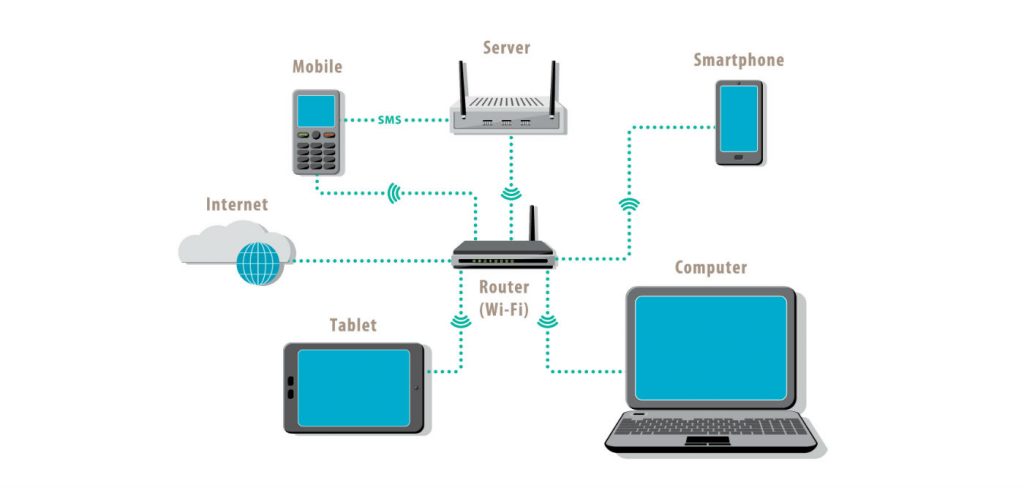Definition of LAN – Local Area Network in Network Encyclopedia.
What is LAN (Local Area Network)?
LAN stands for Local Area Network, is a group of computers located in the same room, on the same floor, or in the same building that are connected to form a single network. Local area networks (LANs) allow users to share storage devices, printers, applications, data, and other network resources.

They are limited to a specific geographical area, usually less than 2 kilometers in diameter.
They might use a dedicated backbone to connect multiple subnetworks, but they do not use any telecommunication carrier circuits or leased lines except to connect with other LANs to form a wide area network (WAN).
How it works
Before you can link computers to a LAN, you must install a network-aware operating system on them to enable them to share resources. The choice of the operating system depends on whether the network will be a peer-to-peer network or a server-based network.
Next, you choose a networking architecture. (The vast majority of LANs use Ethernet.) Then you must install a suitable network interface card (NIC) in an available slot on the motherboard of each node (computer) in the network. You must also install a software driver to control the card’s functions.
You use cabling to join the NICs in order to enable the computers to communicate with each other. The most common type of cabling used in LANs is unshielded twisted-pair (UTP) cabling. The cabling is installed in some kind of topology or layout, the most popular of which is the cascaded star topology used in the 10BaseT version of Ethernet. You then choose a protocol to enable the nodes on the network to speak a common “language”; the most popular protocol is TCP/IP, especially for Internet connectivity, although for small stand-alone workgroup LANs that use Windows 95 or Windows 98, NetBEUI is still popular.
See also: What is a Storage Area Network?